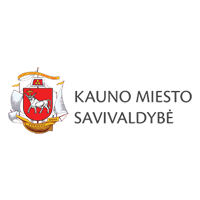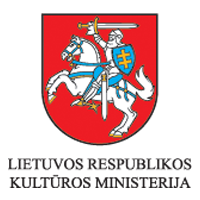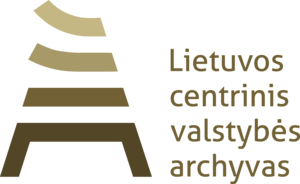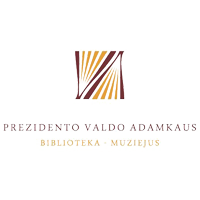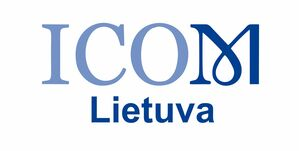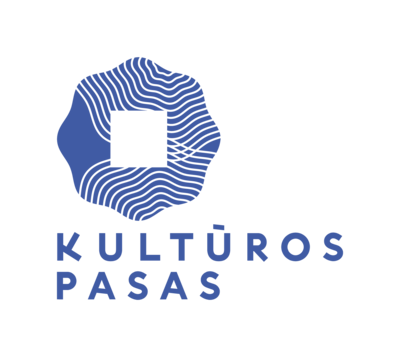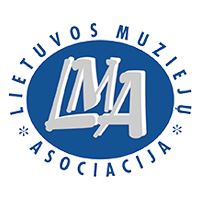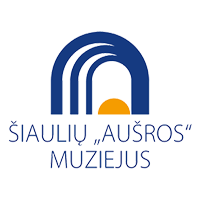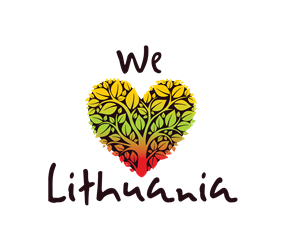During the period of the First Republic of Lithuania (1918–1940), traditions of national sports culture were being created alongside the state modernization processes. From yard to European champions, from inter-town to inter-state championships – for more than a decade of slow improvement the evolution of sports culture in Lithuania accelerated in the 1930s as sports became state business. It was realized that sports not only cultivated patriotic feelings, but also influenced the development of diplomatic relationships. Furthermore, in peacetime nothing was as nation consolidating as international competition. The motto of the exhibition “For the Honor of Lithuania!“ came out of public involvement in the evolution of sports culture – these words are engraved on the Cup, presented by the Highway Department employees to Lithuanian men’s basketball team as the winners of the 2nd European basketball championship of 1937.
The Exhibition “For the Honor of Lithuania!“ is intended to survey a short barely two-decade period of sports history in the First Republic of Lithuania (1918–1940). The focus of the exhibition are the sports prizes, which, with the help of curators, tell unique little stories about sportsmen, their victories and failures, about matches played, fans’ culture, even international relations. On a wider scale the exhibition helps to understand the connections between sports, society, culture and state in contemporary Lithuania.
A prize is just one of many ways to award a winner. Sports enthusiast Jonas Pyragius spoke about its meaning: “The prize for the distinguished sportsman is given not as a payment for a good work, but as a sign, which shows that he/she achieved outstanding results in a certain sport, and as a present for the work (training) in achieving these results. Prize awarding must affect a sportsman’s ego and dignity without arousing desire to earn money.” (Vyr. leit. Pyragius, Piniginiai prizai, Karys, 1924, nr. 42, p. 344). Cups, goblets, statuettes, plates, boxes, notepads, clocks and cigarette cases served as such signs. Monetary prizes were also allotted; sports enthusiasts called them “a bad habit”. Winners in ancient Olympic Games were crowned with olive wreaths; later they were awarded with amphora of olive oil. The 20th century tradition to give silver and bronze cups, goblets, vases, etc., in local sports events also comes from late ancient times.
Prizes in Lithuania were established by sports enthusiasts, patrons, businessmen, public organizations, public offices and public officials – Ministers and the President. Awards differed in form, size, price, artistry and material. The most important were the challenge prizes, for which sportsmen competed for several years in turn. Foreign sports organizations’ gifts on the occasion of international competitions, presented in the exhibition, are no less valuable. These prizes and gifts, especially the ones made for a particular sports event, are original. Their variety illustrates contemporary world tendencies and search for national identity. National motives are especially notable in President Antanas Smetona’s gift to the winners of the 3rd European basketball championship in 1939 – a silver dowry chest inlaid with amber, made by graphic artist Jonas Juozas Burba. The exhibition presents not only easily distinguishable sports prizes, but also such as are not usually associated with sports, for example: wooden goblets and wooden or ceramic statuettes of national heroes.
The Exhibition “For the Honor of Lithuania!“ shows a wide variety of sports prizes and gifts in football, basketball, track and field athletics, tennis, ice hockey, ice dancing, shooting, water and automobile sports, presented by Latvian, Estonian, Polish, Czechoslovakian, Yugoslavian, Swedish, Finnish, Swiss, Romanian, French, Canadian, Luxembourgian, Egyptian, Lithuanian and American-Lithuanian sports organizations and enthusiasts. All the prizes and gifts are kept in funds of National M. K. Čiurlionis Art museum. Most of them were given to the museum on March 7, 1942, by the representative of the Physical Culture House, where the most significant prizes and gifts during the two decades of independence had been kept. The Physical Culture House was to be closed during the German occupation. Unfortunately, it is impossible to show all the prizes of the First Republic of Lithuania, but this exhibition tries to present a coherent picture of contemporary sports life.
The prizes in the exhibition “For the Honor of Lithuania!“ reflect such subjects as sports and state relations, contemporary sportsman’s ideals, a variety of sports, the rising passion for basketball fever in pre-war Lithuania, and finally, the sports fans’ culture. Each of these topics is presented in a separate exhibition hall.



